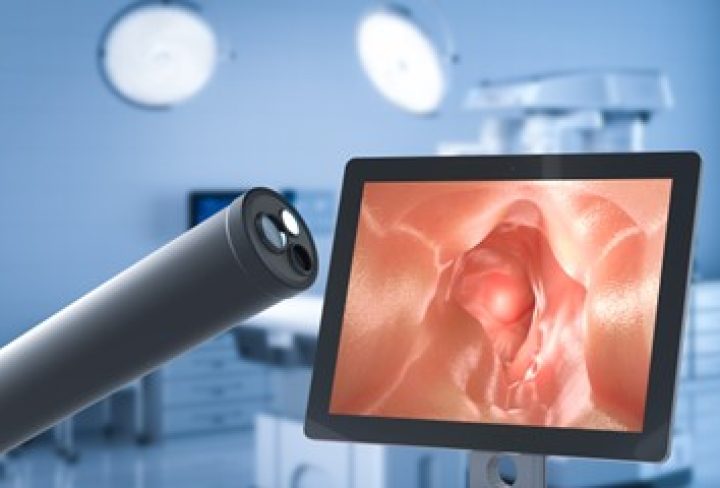Endoscopy, a minimally invasive medical procedure used to examine a person’s digestive tract.
During the procedure, images of the digestive tract can be viewed on a video screen, enabling the doctor to diagnose and treat a variety of digestive problems.
Why is an Endoscopy Performed?
It is a procedure used to examine the digestive tract to diagnose and treat a variety of conditions, like gastroesophageal reflux disease (GERD), ulcers, polyps, and cancer.
Endoscopy is also used to take tissue samples (biopsy) for further study in a laboratory.
How to Prepare for an Endoscopy?
1. Speak with your doctor about any medications or supplements you are taking
2. Do not eat or drink anything the night before the procedure
3. Wear comfortable, loose-fitting clothes
4. Have someone stay with you in case you need assistance
What to Expect During an Endoscopy?
During the procedure a thin, flexible tube (endoscope) is inserted into the body to allow a doctor to see the inside of the body’s organs and structures. It is used to diagnose and treat a variety of conditions.
During an endoscopy, you may or may not require sedatives or anesthesia. The endoscope is then inserted through the mouth, nose, or rectum, depending on the type of procedure being done.
The doctor can then look inside the body and use tools attached to the endoscope to take biopsies, remove polyps, or treat other conditions.
What to Expect After an Endoscopy?
After an endoscopy, you may experience some mild side effects such as bloating, belching, or feeling tired. These symptoms usually resolve quickly and should not be cause for concern.
Patients can resume their normal activities shortly after the procedure. It is important to drink plenty of fluids to replace lost fluids during the procedure.
Patients should also follow their doctor’s instructions regarding recovery. This may include taking medications to reduce discomfort or to treat any underlying conditions. Some patients may also need to follow a special diet or take certain precautions to prevent infection.
Patients may also experience some soreness or discomfort in the throat for several days after the procedure.
This discomfort should gradually subside. If it does not, or if the patient experiences any other concerning symptoms, they should contact their doctor for further guidance.
Myth and Fact on Endoscopy
Myth: Endoscopy requires anesthesia.
Fact: Endoscopy does not always require anesthesia. In some cases, local anesthesia may be used to numb the area where the scope is inserted. However, most endoscopies are done with the patient awake and alert.
Myth and Fact on Endoscopy
Myth: Endoscopy is a painful procedure
Fact: Endoscopy is a minimally invasive procedure that is not usually painful. Patients may experience some mild discomfort while the scope is inserted, but the discomfort should not be significant.



